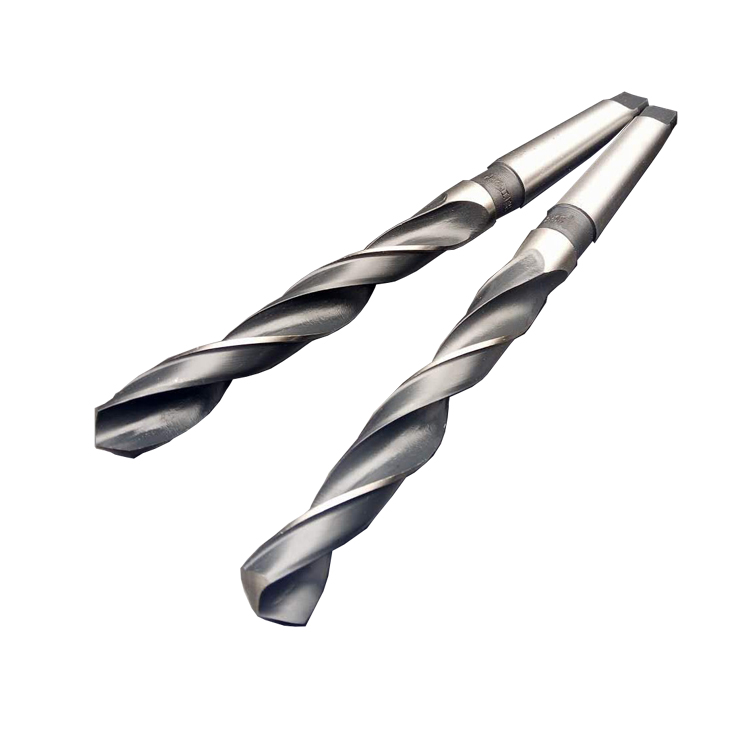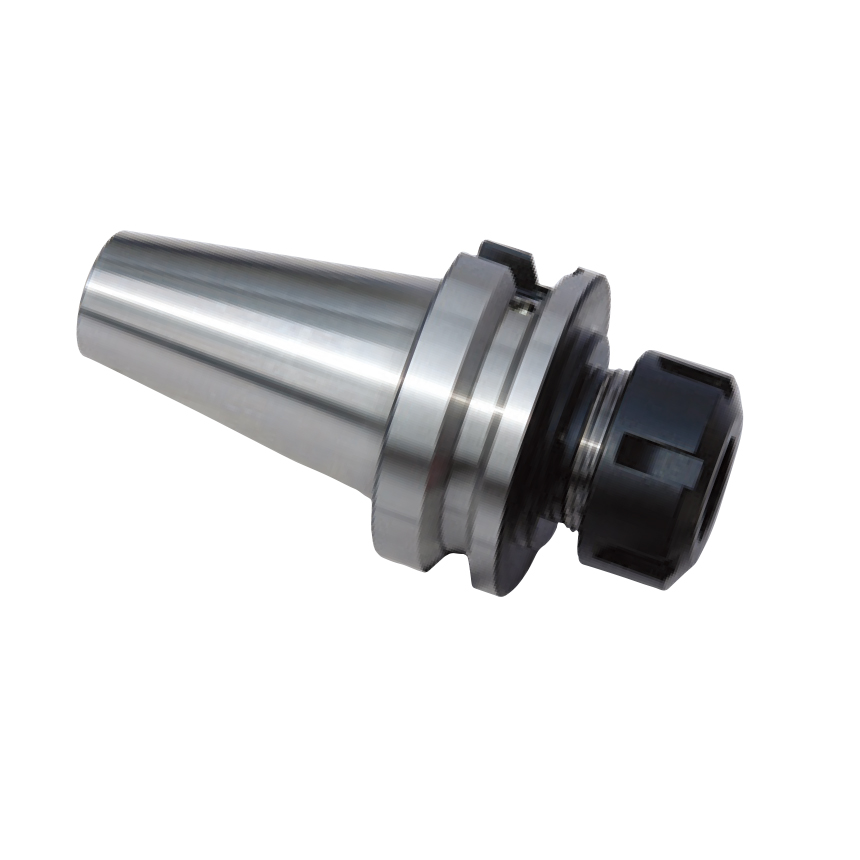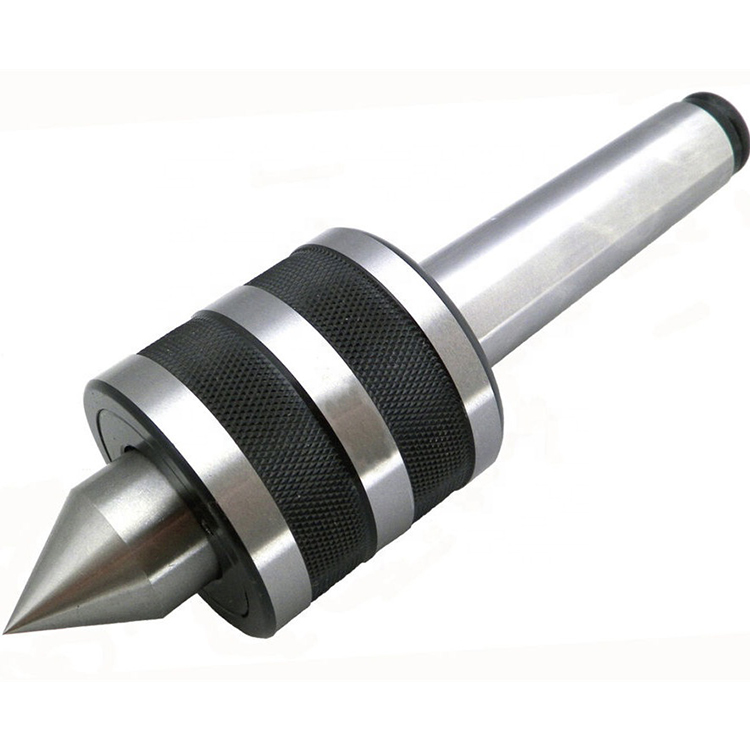milling machine vise Manufacturer
A milling machine vise is a crucial tool for securely holding workpieces during milling operations, ensuring precision and accuracy. Selecting the right vise involves considering factors like size, material, clamping force, and features to optimize performance for specific applications.
Understanding Milling Machine Vises
The milling machine vise is more than just a clamp; it's a precision instrument designed to hold workpieces firmly in place while withstanding the forces generated during milling. A quality vise contributes significantly to the accuracy, efficiency, and safety of milling operations. Choosing the right vise for the job is therefore paramount.
Types of Milling Machine Vises
There are several types of milling machine vises, each designed for specific applications. Here's an overview:
- Standard Vises: The most common type, suitable for general-purpose milling.
- Precision Vises: Manufactured to extremely tight tolerances, ideal for high-accuracy work.
- Anglock Vises: Designed to minimize jaw lift, ensuring consistent clamping force.
- Modular Vises: Allow for flexible setups and holding multiple workpieces simultaneously.
- Sine Vises: Used for holding workpieces at precise angles.
Key Features to Consider
When selecting a milling machine vise, consider the following features:
- Jaw Width and Opening: Choose a vise with sufficient capacity for your typical workpiece sizes.
- Clamping Force: Ensure the vise provides adequate clamping force to securely hold the workpiece without damaging it.
- Material: Vises are typically made from cast iron or steel. Steel vises offer greater strength and durability.
- Accuracy: Precision vises offer the highest accuracy, while standard vises are suitable for less demanding applications.
- Base Swivel: A swivel base allows for easy workpiece positioning.
Selecting the Right Milling Machine Vise
Choosing the right milling machine vise depends on several factors, including the type of milling work you perform, the size and shape of your workpieces, and your budget. Here's a step-by-step guide:
- Identify Your Needs: Determine the typical size and shape of your workpieces, the required accuracy, and the frequency of use.
- Consider the Material: Choose a vise made from a durable material like steel for heavy-duty applications.
- Evaluate Clamping Force: Ensure the vise provides adequate clamping force for your workpieces.
- Check for Accuracy: If high accuracy is required, opt for a precision vise.
- Set a Budget: Vises range in price from a few hundred dollars to several thousand dollars. Set a budget and stick to it.
Top Milling Machine Vise Manufacturers
Several reputable manufacturers produce high-quality milling machine vises. Here are a few leading brands:
- Kurt Manufacturing: Known for their high-precision vises and innovative designs.
- Wilton: Offers a wide range of vises for various applications.
- TE-CO: Provides a comprehensive selection of workholding solutions.
- Orange Vise: Specializes in modular vises and quick-change systems.
Wayleading Tools, a leading provider of quality tools and equipment, offers a comprehensive selection of workholding solutions, including high-performance milling machine vises designed for precision and durability. Explore their range today.
Maintaining Your Milling Machine Vise
Proper maintenance is crucial for extending the life of your milling machine vise and ensuring its accuracy. Here are some maintenance tips:
- Regular Cleaning: Clean the vise regularly to remove chips, dirt, and debris.
- Lubrication: Lubricate the moving parts of the vise to prevent rust and ensure smooth operation.
- Inspection: Inspect the vise regularly for wear and tear, and replace any damaged parts.
- Proper Storage: Store the vise in a dry, clean place when not in use.
Troubleshooting Common Issues
Here are some common issues that may arise with milling machine vises and how to troubleshoot them:
- Jaw Lift: Ensure the vise is properly tightened and the workpiece is seated correctly. Consider using an Anglock vise for minimizing jaw lift.
- Slippage: Clean the jaws and workpiece to remove any contaminants. Increase the clamping force if necessary.
- Damage to Workpiece: Reduce the clamping force or use soft jaws to protect delicate workpieces.
Case Studies: Real-World Applications
Here are a few examples of how milling machine vises are used in real-world applications:
- Aerospace Manufacturing: Precision vises are used to hold critical components during machining, ensuring tight tolerances.
- Automotive Industry: Standard vises are used for general-purpose milling operations in automotive manufacturing.
- Tool and Die Making: Anglock vises are used to minimize jaw lift and maintain accuracy during tool and die making.
Conclusion
Selecting the right milling machine vise is essential for achieving accuracy, efficiency, and safety in milling operations. By understanding the different types of vises, key features, and maintenance requirements, you can choose the best vise for your needs and ensure its long-lasting performance. Remember to consider the specific demands of your applications and choose a vise from a reputable milling machine vise Manufacturer like Wayleading Tools.
Appendix: Specifications Table Example
| Specification | Value |
|---|---|
| Jaw Width | 6 inches |
| Jaw Opening | 8 inches |
| Clamping Force | 5000 lbs |
| Material | Ductile Iron |
*Specifications may vary depending on the milling machine vise Manufacturer and model.
Related products
Related products
Best selling products
Best selling products-
 Metric HSS 13mm Reduce Shank Drill Bit For Metal Cutting Of High Precision
Metric HSS 13mm Reduce Shank Drill Bit For Metal Cutting Of High Precision -
 Boring Head Shank For Boring Head With Industrial Type
Boring Head Shank For Boring Head With Industrial Type -
 Dual Wheel Knurling Tools With Diamond Pattern For Industrial Type
Dual Wheel Knurling Tools With Diamond Pattern For Industrial Type -
 QM ACCU-Lock Precision Machine Vises With Swivel Base
QM ACCU-Lock Precision Machine Vises With Swivel Base -
 Precision Digital Caliper Of With Metric & Inch Size For Industrial
Precision Digital Caliper Of With Metric & Inch Size For Industrial -
 ER Collet Set With Hight Precision Milling
ER Collet Set With Hight Precision Milling -
 Round Die Wrench For Thread Cutting Tools
Round Die Wrench For Thread Cutting Tools -
 HSS Metric Taper Shank Twit Drills For Metal Cutting Of High Precision
HSS Metric Taper Shank Twit Drills For Metal Cutting Of High Precision -
 Precision Dial Test Indicator Holder For Industrial
Precision Dial Test Indicator Holder For Industrial -
 Precision V Block And Clamps Set With Heavy Duty
Precision V Block And Clamps Set With Heavy Duty -
 Outside Micrometer Set Of Inch & Metric For Industrial
Outside Micrometer Set Of Inch & Metric For Industrial -
 Inch HSS Step Drills with Straight Flute
Inch HSS Step Drills with Straight Flute
Related search
Related search- lathe parting tool Factories
- indexable threading mill Factories
- metric size trapeze TR threading insert Supplier
- SRDCN turning tool holder Manufacturers
- Wholesale MCLN boring bar
- carbide tipped dead center Factories
- Magnetic Base Factory
- High-Quality parallel blocks
- MSSN turning tool holder Supplier
- digital dial gauge Factories









